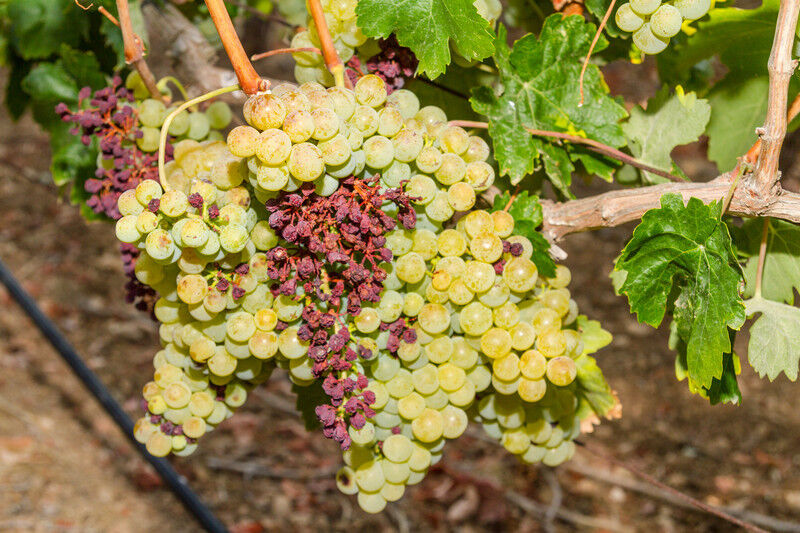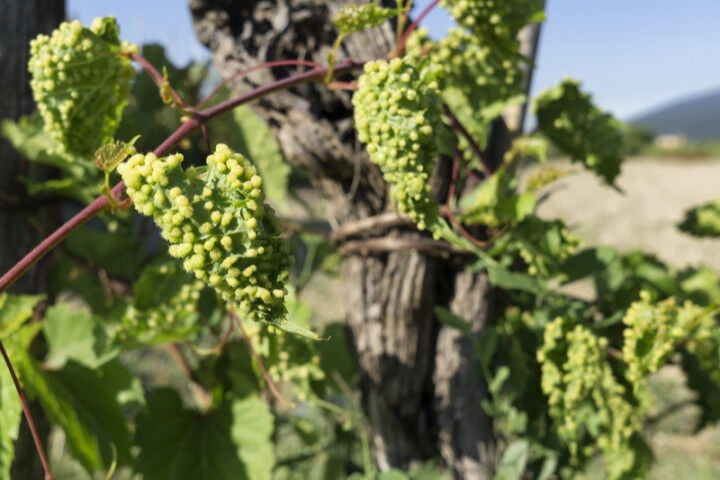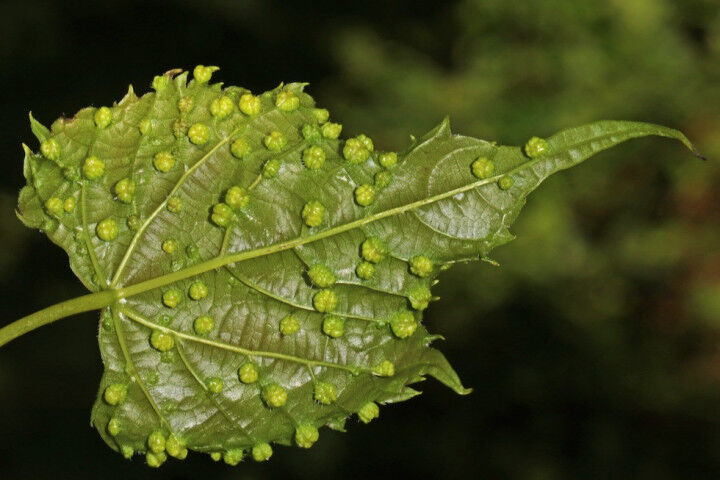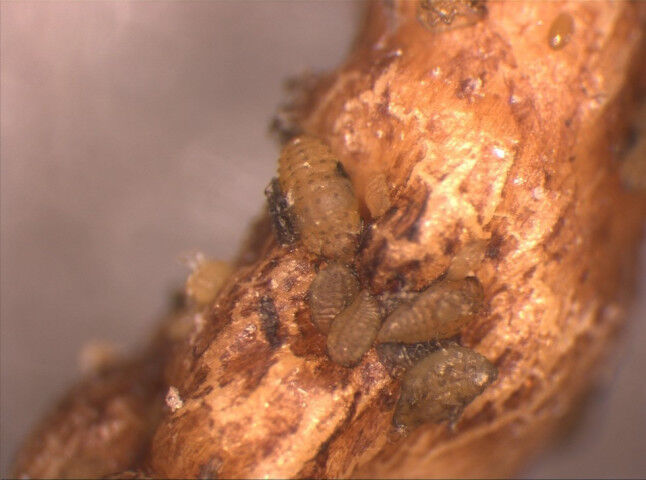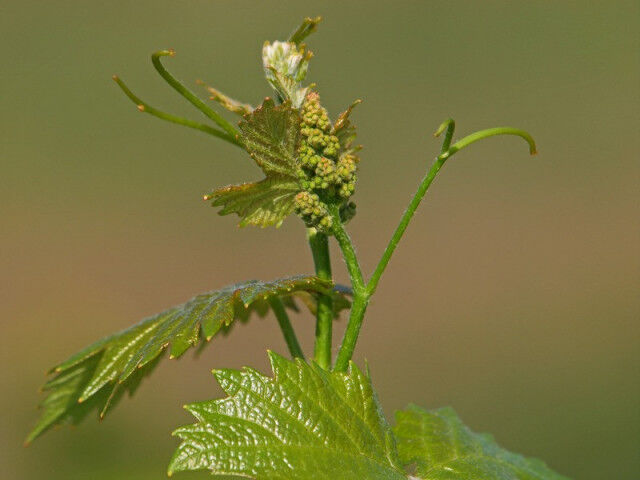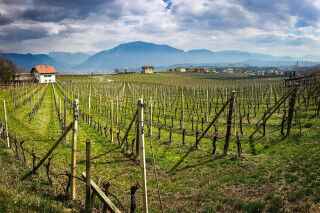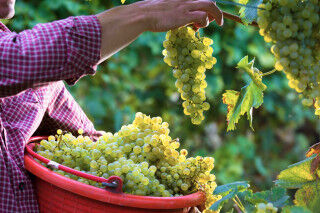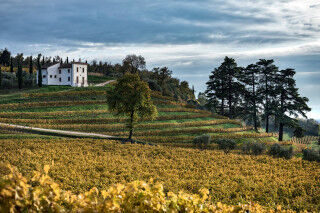Article • Italian wine guide
Article • How to to taste Wine
What is phylloxera of the vine?
Phylloxera of the vine is a parasitic insect that attacks the roots of vine plants, causing the death of the plant itself. This insect was accidentally introduced into Europe in the 19th century and has caused significant damage to the global wine industry.
When did phylloxera start?
Phylloxera was a terrible blow to the French wine industry at that very beginning of its European sojourn, but quickly turned its devastating appetites to the rest of the world.
When did phylloxera hit France?
In the second portion of the 1860s, French authorities stepped in, and brought local experts on board to help them with this terrible infestation. Botanists Jules Planchon and Pierre Millardet were able to identify the repellant aphid after research and observation - there was even a debate if a French or American breed of aphid was to blame. The botanists determined that phylloxera was at the root of the problem, developing a strategy of treatment that would care for the new plants being replanted, and also for treating plants once planted should they show symptoms of illness.
Why did America risk destroying European grape varieties?
With the assistance of the stupendously named American horticulturist T.V. Munson, a new generation of vines were created that were resistant to the appetites of phylloxera. Grafting vinifera vines onto the rootstocks of American vines like vitis Labrusca and vitis Riparia amongst others, they created new vines that resisted root-based aphid attacks. Their solution didn't provide immediate relief: it would be years before the vines began a productive lifespan, and even longer before the majority of French wine producers accepted the idea of grafted vines.
Is Phylloxera still a problem?
Unfortunately the answer to this, in a very time-appropriate moment, is no. Phylloxera is still around and still a threat to the wine economy today. In the early 1980s, researchers found that vines in California's Napa Valley were dying out again, looking like the consumption-like destroyed vines of the French Wine Blight. Phylloxera struck again, chomping its ugly way through Napa Valley.
Is phylloxera still a problem?
Incredibly enough, phylloxera had mutated and was back - this time going after new vines planted in California, based on a particularly productive rootstock, the AxR1 (a cross of French Aramon vines and indigenous American Rupestris). If you're nervous about part of this vine being French, you're right - the Aramon vine was susceptible thanks to its vinifera genes, and making it an easy prey once again for phylloxera. All vines with this profile had to be uprooted and replanted, about $1 billion worth of preventative action.
Are transgenic and modified grapes resistant to phylloxera?
Today, vine research and development suggests that modified vitis vinifera, with no rootstock, could be created and infused with resistance to the dreaded phylloxera.
This opens new debates about wine production from genetically modified grapes:
1. do these wines have better or less desirable characteristics,
2. is it just ethically wrong to plant transgenic vines while grafting exists
3. are there other solutions to grafting?
Common theory is that wines from own-rooted plants are higher-quality, but it remains to be seen if this is practical and productive.Politics and personal credos come into play here, a difficult combination to master.
You might be interested in:
